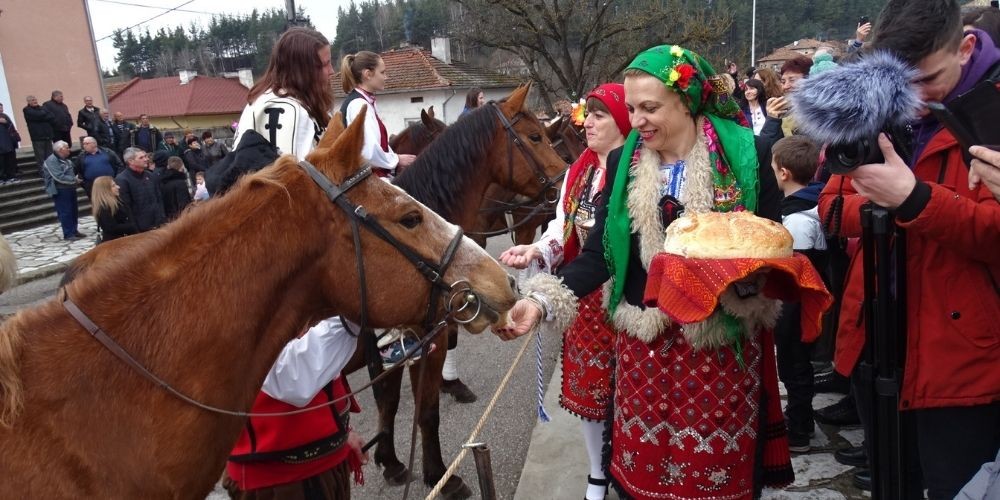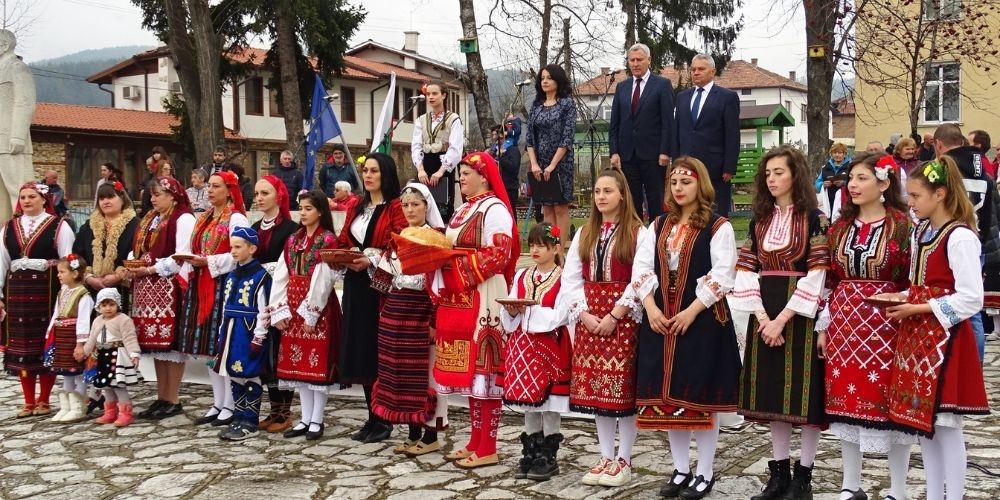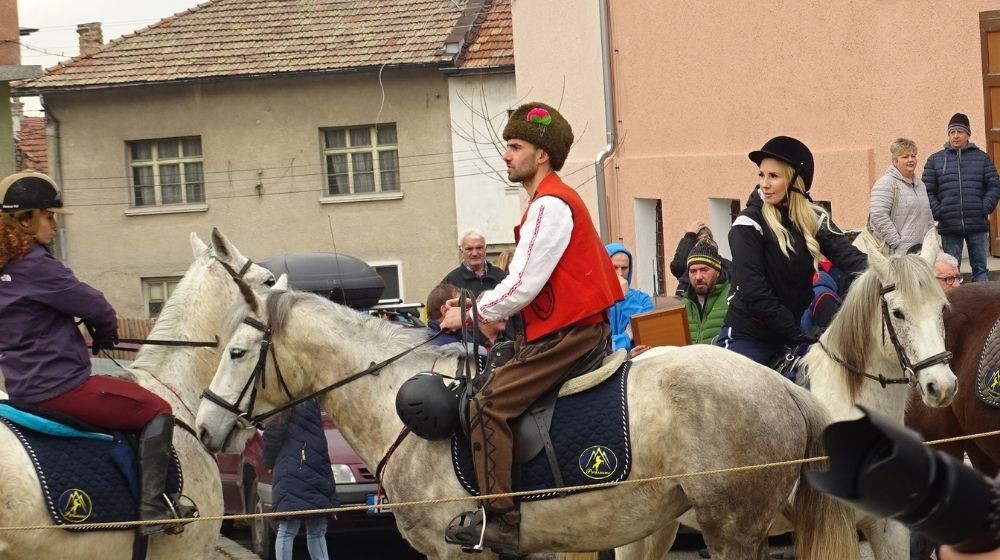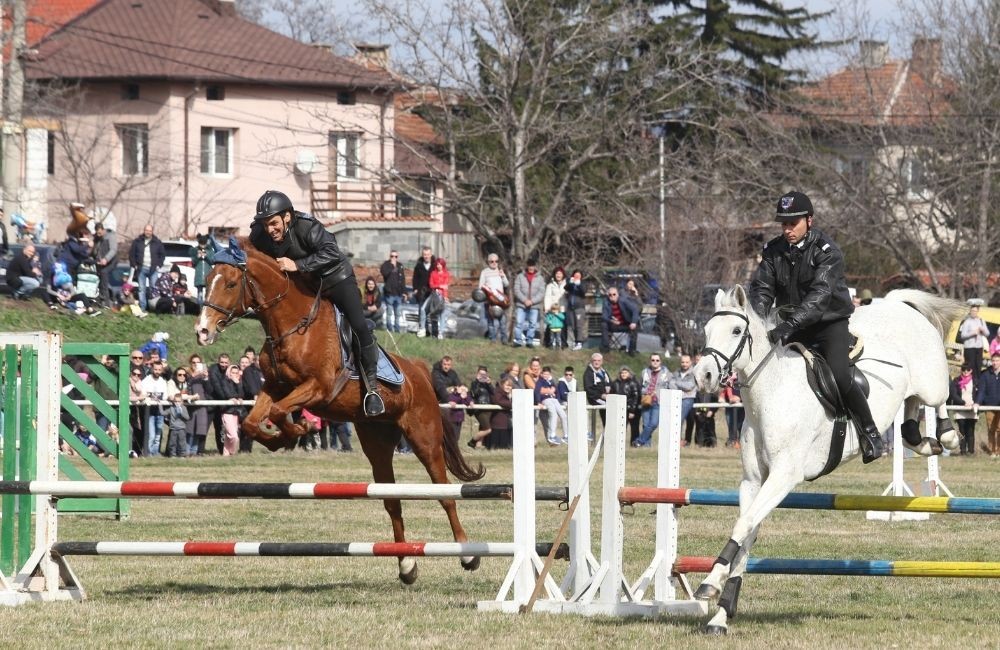Todorovden is always marked on the first Saturday of the Great Lent. The holiday is on the border between winter and spring and people have dedicated it to horses.
It is believed that the rituals on this day ensure good health for the horses. The ritual bread for St. Theodore’s Day often comes in the form of a horseshoe or a horse. Garlic, walnuts and corn are placed on in.

In folk beliefs St. Theodore rides a white horse and is the patron saint of horses, but he is also among the forces that roam during the week before Todorovden.
Todorovden has been celebrated in Bulgarian lands since the Middle Ages.
Early in the morning on St. Theodore’s Day, women distribute the ritual bread to relatives and neighbors. They also put some of it in the hay for the horses. In some regions, people used to run in the streets, imitating horse racing. This was done for good health and for fertility of horses and young brides.

One of the most enduring folklore traditions, which has survived to this day, is organising horse races on St. Theodore's Day. In the past, the participants were mostly bachelors. Demonstrating their skills, they showed to the parents of the young girls that they were fit for marriage. Early in the morning, before the sun rose, the boys took the horses to water, fed them with bread and salt, cleaned them and decorated them with beads, ribbons, flowers and strings of red peppers.

Even today, in some areas, young horse riders pass through the village and people give them bread and wine. There is also a tradition to go around the churchyard, the cemetery or the village square three times before the race starts. On this day, the winner not only receives some material reward, but also the respect of the community, as he has shown great physical qualities.

In many villages meal offerings are prepared in honor of the patron saint of horses. This is also the Day of horse breeding and equestrian sports.
People named Todor, Todorka, Todorina, Teodor, Todora also celebrate.

Author: Albena Bezovska
English: Alexander Markov
Photos: BGNES
The Bulgarian folklore dance group Vito Horo from Perth will take part in the multicultural women’s festival Harmony of Colours, taking place tonight in the Australian city, the Bulgarian association Rodina has announced. Besides the Bulgarian..
The resort towns along Bulgaria’s Black Sea coast can be broadly categorized into two types: modern ones, characterized by their lively and colorful streets, and port cities with a rich history. Various settlers have passed through these port towns,..
The 14th World Folklore Championship, "World Folk 2024" , starts today and runs until August 30 at three locations on Bulgaria's Black Sea coast: Nessebar, Sunny Beach and Sveti Vlas. The event kicks off tonight at the Jana Chimbuleva Amphitheatre in the..

+359 2 9336 661
